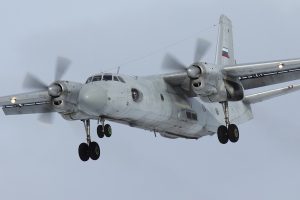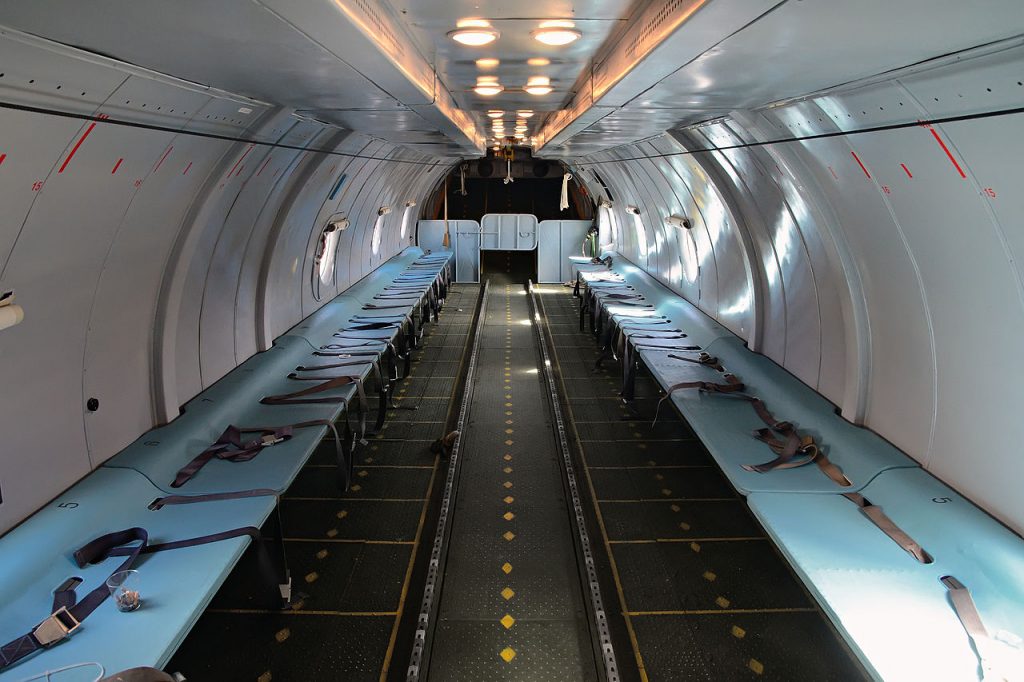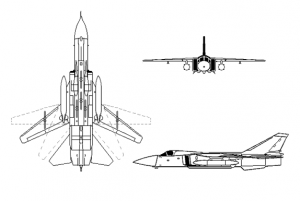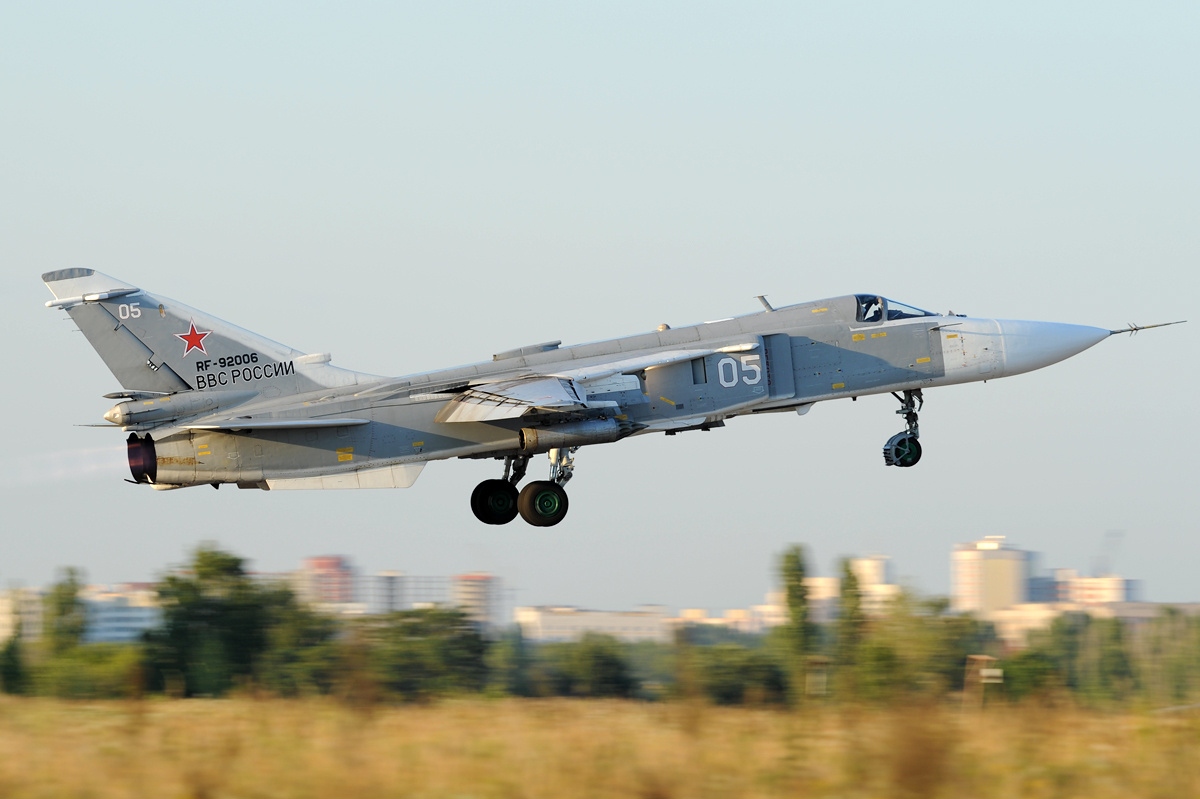Statement:
YEHUD, Israel, April 12 — Preliminary data supplied by the engineering teams of SpaceIL and Israel Aerospace Industries (IAI) suggests a technical glitch in one of Beresheet’s components triggered the chain of events yesterday that caused the main engine of the spacecraft to malfunction. Without the main engine working properly, it was impossible to stop Beresheet’s velocity. Beresheet overcame the issue by restarting the engine. However, by that time, its velocity was too high to slow down and the landing could not be completed as planned.
Preliminary technical information collected by the teams shows that the first technical issue occurred at 14 kilometers (8.7 miles) above the moon. At 150 meters (492 feet) from the ground, when the connection with the spacecraft was lost completely, Beresheet was moving vertically at 500 km/h (310.7 miles) to the inevitable collision with the lunar surface. Comprehensive tests will be held next week to gain a better understanding of the events.
“IAI, together with SpaceIL, built the first Israeli spacecraft, Beresheet, which succeeded in traveling 400,000 kilometers (248,548.5 miles) from Israel until it touched the moon,” said Harel Locker, Chairman of IAI. “This is a tremendous technological achievement for the State of Israel, which is now among only seven superpowers who have reached this close to the moon. This project lasted eight years and contributed significantly to the Israeli space industry, which today became one of the leading space industries in the world. Space travel is infinite, exciting, and inspirational. IAI is the core of the Israeli national knowledge when it comes to space technology, and it will continue to lead Israel to more technological achievements in this field. IAI engineers and staff are working 24/7 on developing new technology for Israel and its security. For them, the sky is not the limit, it’s just the beginning.”






